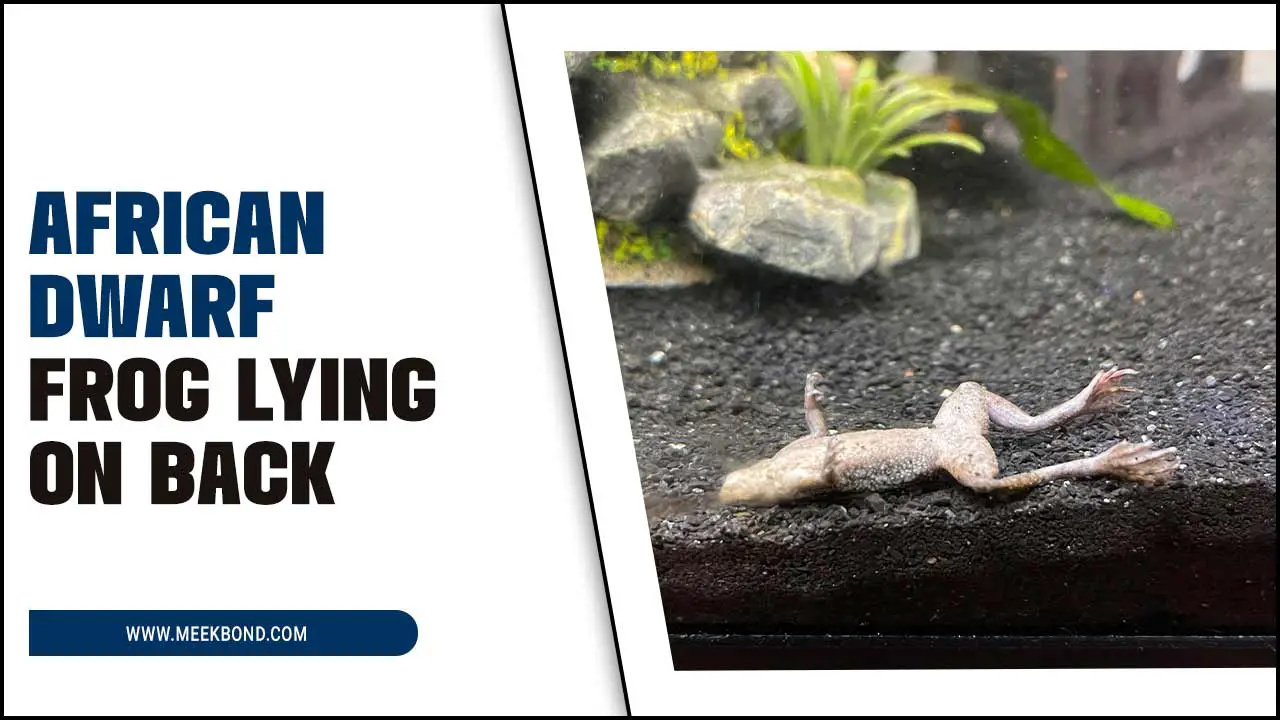Betta fish are among the most popular aquarium pets, but this popularity has recently come under fire due to health concerns. It turns out that some betta fish do not grow properly because of the fish’s gills.
The fish will develop bloat and dropsy, which can be deadly if it is not caught in time. Here is what you need to know about how to treat dropsy in betta fish and take care of your pet accordingly.
Betta fish are colorful and beautiful but also susceptible to a common water quality problem-dropsy. Dropsy is an accumulation of watery fluid in the body. It can cause signs and symptoms such as lethargy, an increase in the fish’s respiration rate, and damage to internal organs. In this blog, we’ll outline the steps you can take to treat Dropsy in betta fish and help keep your fish healthy and happy.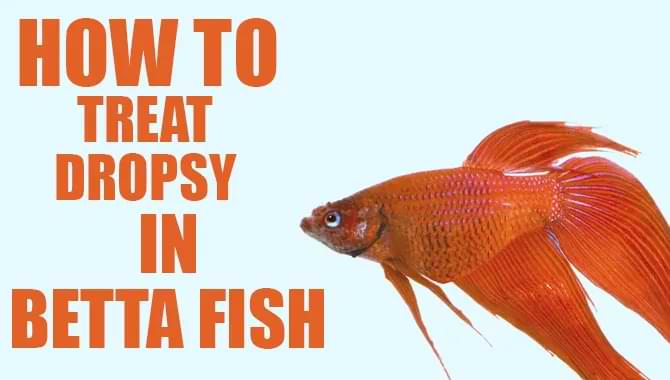
What Is Dropsy?
Dropsy is a disease in which the fish’s body accumulates excess fluid. Dropsy can affect fish of all sizes, but it is most commonly seen in bettas. Dropsy occurs when the fish’s body does not excrete enough water and fluid, and the excess fluid accumulates.
Betta Dropsy Symptoms
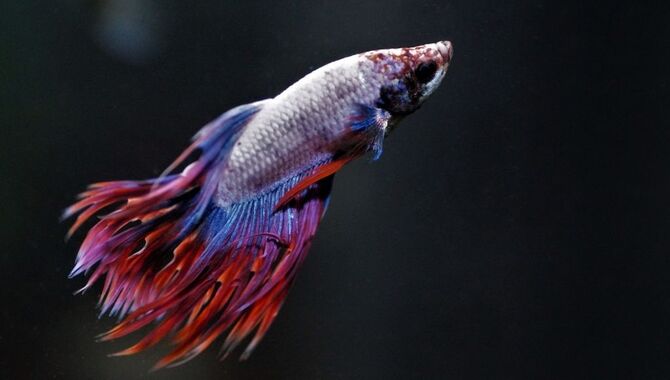
A bloated betta fish is caused by the build-up of excess water in the body. This can be due to a variety of factors, including overfeeding, stress, poor water quality, poor diet, or other factors. The symptoms of a bloated betta fish include swim bladder deformity, swim bladder prolapse, swim bladder rupture, swim bladder paralysis, swim bladder hernia, and swim bladder impaction.
Betta Dropsy is a disease that affects bettas. Bettas are freshwater fish and they thrive in freshwater but can be kept in a freshwater aquarium. Bettas are susceptible to many diseases, which makes them susceptible to being affected by Bettas Dropsy.
- Betta Dropsy is a disease that affects bettas.
- It’s caused by the buildup of excess fluid in the body.
- It can cause your betta to swim around in circles, or it may just float on top of the water.
- Betta Dropsy is a disease that affects bettas.
- It’s caused by the buildup of excess fluid in the body.
- It can cause your betta to swim around in circles, or even die.
Can Fish Recover From Dropsy?
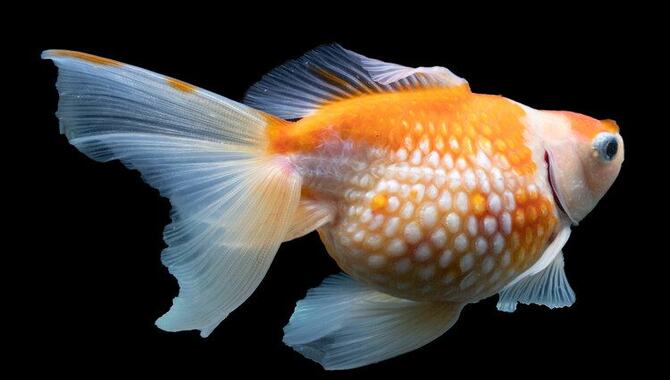
Dropsy is a condition in which the fish’s body is swollen and filled with fluid. Dropsy can affect a betta’s body in a number of ways, but the most common cause of dropsy is a bacterial infection called Aeromonas. The disease spreads through the water and can be prevented by keeping the tank clean and free of waste.
A betta fish is a freshwater fish, and it does not naturally survive in water with high levels of ammonia. This is the reason why it is advised to always use a quarantine tank before introducing a betta fish into your aquarium. Dropsy is a condition that can be caused by an over-supply of the thyroid gland. Dropsy is characterized by swollen tissues and organs, which may lead to death if left untreated.
How To Prevent Dropsy In Bettas
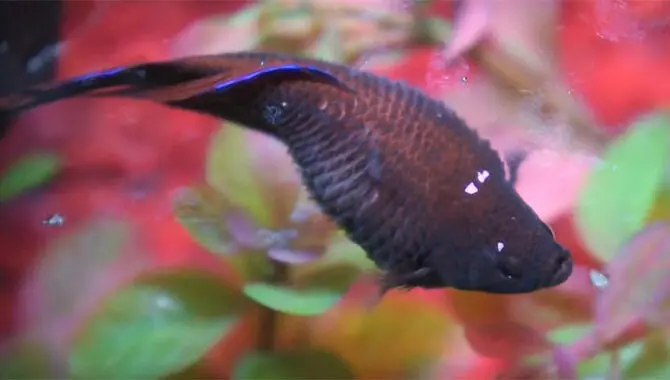
Dropsy is the medical term for a collection of excess fluid in the body, usually occurring in fish. Dropsy is a common disease that can affect many types of fish, but it’s most common in bettas. Dropsy can cause a variety of symptoms, from a lack of appetite to a change in coloration. While it’s possible to treat dropsy with medication, it’s also possible to prevent it from occurring at all.
Dropsy is caused by a bacterial infection that gets into your betta’s body through open wounds, gills (where it’s easily contracted through bad water quality), or stress-induced damage to the kidneys and liver. Dropsy can also be caused by an internal parasite called fluke worms.
Epsom salt is a natural diuretic that causes your betta to excrete more fluids than usual. It will relieve some of the bloating while helping flush out any secondary infections. Use 1 tsp per 5 gallons of water for 5-7 days.
What Causes Dropsy In Betta Fish
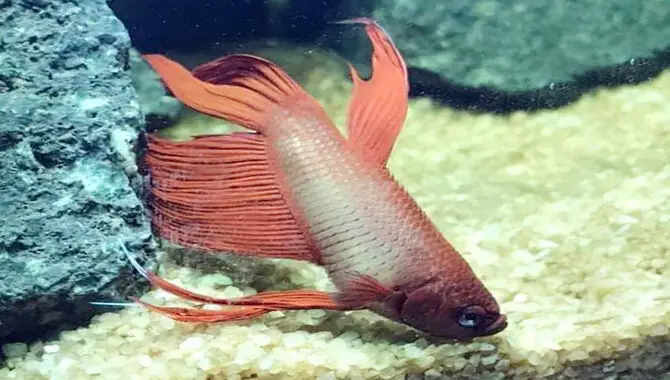
Dropsy is often referred to as “pine cone disease” or “Malawi bloat”. It’s a very serious and often fatal illness that requires immediate attention. This article will tell you everything you need to know about dropsy in bettas, including the causes, symptoms, treatment options, and prevention strategies.
Dropsy is actually more of a set of symptoms than it is an actual disease. It’s characterized by the swelling of the internal organs, especially the liver and kidneys, which leads to scales standing out against the skin and a bloated appearance. Visible dark spots will also appear under the scales, especially on the belly.
The 3 Most Noticeable Symptoms Of Dropsy:
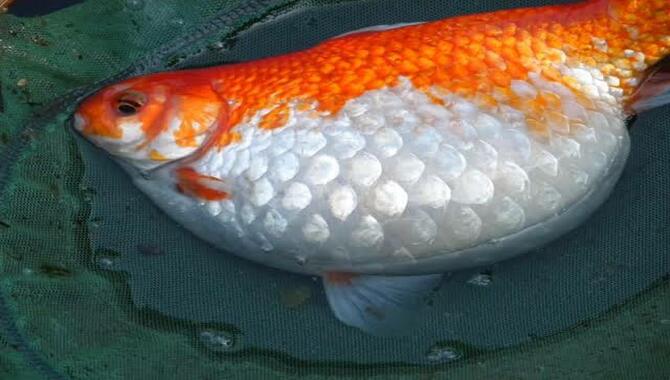
Dropsy is an ailment that affects fish of all sizes and can be dangerous. If you notice any of the following symptoms in your betta fish. It is time to take him to the vet: water spilling from the fish’s eyes, lethargy, droopiness, and black spots on the skin or fins. If you suspect your fish has Dropsy, act fast and get him to a vet as soon as possible for a proper diagnosis and treatment.
Other Symptoms May Include:
Dropsy is a condition that affects the body’s fluids and can cause various factors. If you notice any of the following signs. It’s important to take your betta fish to the vet for an examination: poor appetite, lethargy, and decreased swimming ability. If Dropsy is severe, your betta fish may require medication and surgery to restore balance and health.
Remember that Dropsy is not the only symptom of illness in betta fish – other symptoms may include poor water quality, constipation, and anemia. So, keep an eye out for any of these signs and take your betta fish to the vet for an examination as soon as possible.
Increased Respiratory Rate:
Dropsy is a condition that betta fish can get and can be deadly. It causes an increase in the fish’s respiratory rate, leading to an accumulation of water in the body’s tissues. This water can cause the fish to become constipated, lethargic, and even die. There are several ways to treat Dropsy, but it’s important to consult with a professional first. Treatment typically involves surgically removing excess water from the fish’s body and supplying them with medication to help their breathing return to normal.
Suppose you notice any of the following signs of Dropsy in your betta fish. In that case, it’s important to take them to the vet for a check-up right away: an increase in watery discharge, change in behavior, unresponsiveness, a decrease in appetite, pale gills, or swelling of the head or body.
Dropsy Medicine/Antibiotic:
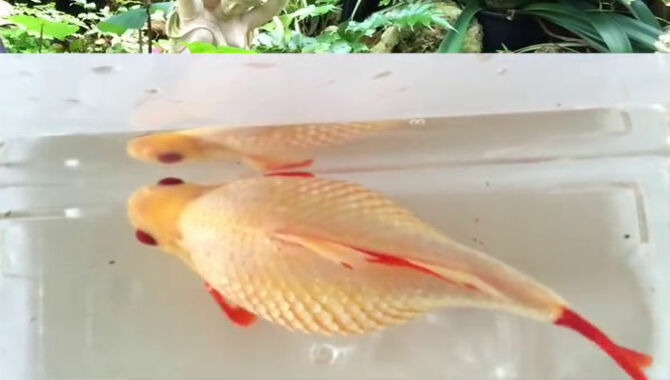
Betta fish are one of the most popular fish in the aquarium trade, but they are also prone to a condition known as Dropsy. Dropsy is a condition where excess water accumulates in the body’s tissues and can be fatal if left untreated. If you suspect your betta fish is suffering from Dropsy, take action and consult a veterinarian.
.Antibiotics may prescribe to treat the disease if it’s caught early enough, so keep an eye out for signs and take preventative measures if you see any. Betta fish are prone to developing Dropsy, so it’s important to be proactive and take care of them by keeping their water quality optimal and monitoring them for any signs of Dropsy.
Conclusion
Dropsy is a condition that affects fish, and it can be fatal if not treated. Betta fish are particularly susceptible to the disease, which occurs when the blood becomes concentrated in their gills and fins. While dropsy can be prevented by treating your betta fish with medications, it’s best to seek medical attention immediately if you notice any signs of illness or discomfort. That’s how to treat dropsy in betta fish.
If you are looking for information on how to treat Dropsy in Bettas, you’ve come to the right place! In this blog, we will discuss the symptoms of Dropsy, the different treatments available, and the side effects of each. We hope this blog provides you with the information you need to treat Dropsy in your Betta fish and improve their quality of life.
Frequently Asked Questions
What Is a Betta Fish?
What are the symptoms of a bloated betta fish? and finally what are the steps that you can take in order to help your betta fish.
Is My Betta Showing Signs of Dropsy?
Your betta is most likely showing signs of dropsy. Dropsy is a symptom of the fish not being able to regulate their own body temperature, so they are becoming too warm or cold.
I Think My Betta Might Have Dropsy. Need Advice!
Dropsy is a condition in which the fish’s body fills with fluid and swells due to an overabundance of plasma (the clear part of the blood). The fish becomes lethargic and dies if not treated.
How Can I Treat Dropsy In My Betta Fish?
Treating Dropsy in your betta fish involves adding salt to your fish’s water and mixing baking soda with tap water. You can also give your fish floatation therapy by filling a small bowl with water and placing your fish inside. Additionally, you can administer anti-inflammatory medications or Chinese herbs to your fish to help treat the dropsy symptoms.
Should I Get My Betta Fish Treated By A Vet?
If none of these home remedies cure your fish’s Dropsy, it may be time to take them to the vet. Vets can treat Dropsy with antibiotics, increase water intake, or let the fish soak in hot water. They may also perform surgery on your fish to remove the excess water and swelling. Dropsy is a common ailment in betta fish and can be fatal if not treated quickly. So, get your fish checked out as soon as possible.

Aquarium passion is all about connecting with the aquatic life and providing education to the public on the importance of these creatures. We showcase a wide variety of marine life through our exhibits as well as working with schools to provide unique learning opportunities for students of all ages.

